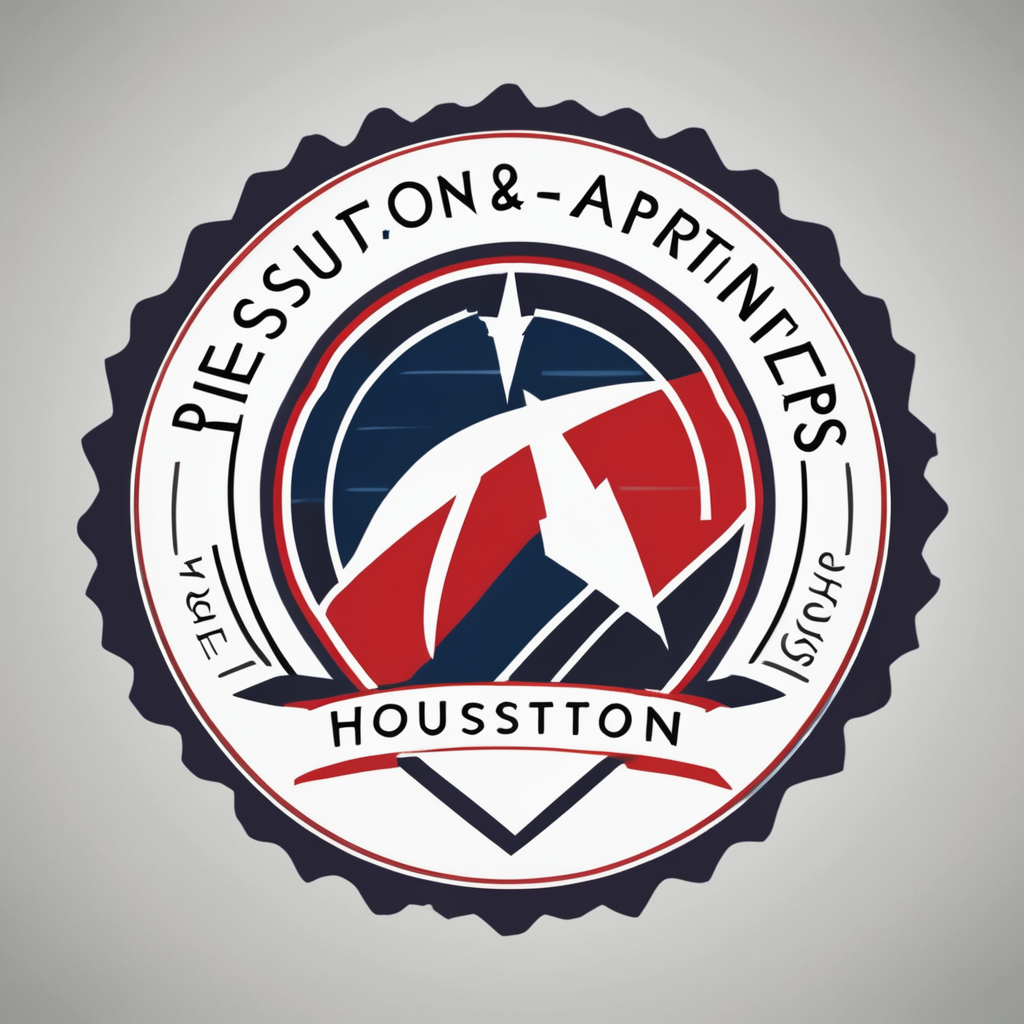Omnichannel ecommerce fulfillment unifies inventory and orders across all sales channels, creating a seamless customer experience. By integrating technology and streamlining processes, businesses reduce stock conflicts and speed up delivery. This approach not only meets rising customer expectations for consistency but also drives additional sales opportunities through flexible fulfillment options like buy online, pick up in-store.
Understanding Omnichannel Ecommerce Fulfillment Strategies
Integrated Omnichannel Fulfillment Services are fundamental to modern retail success. This approach involves centralizing inventory and order processing across multiple sales channels websites, brick-and-mortar stores, social media platforms, and marketplaces ensuring a comprehensive and synchronized system.
In the same genre : What Are the Latest Trends Influencing UK Business Growth?
By integrating these channels, businesses deliver a consistent customer experience, which increasingly influences purchasing decisions. Consumers expect rapid deliveries, real-time updates, and seamless transitions between online and offline shopping. The importance of synchronization cannot be overstated; it minimizes errors, prevents stockouts, and enhances operational efficiency.
A well-executed omnichannel fulfillment strategy relies heavily on advanced software and automation tools. For instance, cloud-based inventory management systems and centralized order processing platforms facilitate cross-channel order syncing. These systems streamline workflows, improve order accuracy, and provide insights through real-time sales data. Many businesses also leverage third-party logistics providers offering scalable solutions, using multi-warehouse management systems to optimize inventory distribution and reduce last-mile delivery challenges.
Also to discover : What Strategies Should UK Businesses Adopt in the Current Economic Climate?
Adopting Integrated Omnichannel Fulfillment Services elevates the customer journey by enabling features such as buy online, pick-up in-store (BOPIS), same-day delivery, and flexible shipping options. Retailers like Nordstrom have shown how integrating in-store and online inventories can turn one channel into a catalyst for driving foot traffic and increasing sales. Such strategies are supported by real-time inventory tracking and demand forecasting techniques, which prevent overselling and supply chain disruptions.
For businesses exploring omnichannel growth, logistics providers like E-commerce Express exemplify the benefits of flexible, fast fulfillment that integrates seamlessly with various ecommerce platforms. Their distributed warehousing and comprehensive fulfillment services demonstrate how technology and strategic planning come together to meet customer expectations efficiently.
Ultimately, successful omnichannel fulfillment hinges on technological integration, inventory accuracy, and a customer-centric mindset. It transforms traditional retail models into agile, responsive operations capable of maintaining relevance in an increasingly competitive landscape.
Key Components and Technologies of Omnichannel Fulfillment
Centralized Inventory Management Systems
A centralized inventory management system forms the backbone of any modern omnichannel fulfillment strategy. The principal benefit is real-time inventory tracking, which immediately updates stock levels after each sale, no matter the sales channel. This technology ensures inventory management is accurate, preventing overselling or stockouts—a common risk when the same inventory appears on multiple platforms. For example, without real-time data, a retailer might mistakenly allow more items to sell across Amazon and Shopify than they actually have in stock. Cloud-based inventory management solutions such as those utilized in leading fulfillment centers allow for seamless multi-warehouse management and accurate product availability synchronization. By leveraging digital warehouse management in tandem with barcode scanning technology and warehouse automation systems, merchants streamline inventory replenishment strategies and reduce the burden of inventory shrinkage.
Order Management and Automation Tools
Order management systems (OMS) play a pivotal role by aggregating customer orders from diverse channels into a cohesive interface. These platforms support cross-channel order syncing and centralized order management, vastly improving the accuracy of order picking and fulfillment process automation. Advanced technology platforms for fulfillment incorporate fulfillment process automation to reduce manual errors during picking, packing, and shipping. Automation tools also optimize warehouse operations—from order batch processing to integrating efficient shipping solutions and last-mile delivery challenges—elevating fulfillment speed and supporting demand surge planning. Automated triggers facilitate real-time order updates and inventory auditing tools, ensuring operational fluidity and reducing fulfillment costs.
Integration Platforms and APIs
Seamless integration across sales channels relies on robust API integration for fulfillment, connecting eCommerce stores, marketplaces, and even ERP systems. Integration platforms, such as Extensiv, enhance multi-channel sales integration by providing unified supply chain visibility and syncing inventory for same inventory multiple platforms. This constant stream of real-time sales data syncing supports accurate demand forecasting techniques and flexible shipping rates. Retailers can use these platforms to scale fulfillment operations, supporting efficient shipping label automation and delivering personalized customer communications across channels. Integration solutions ensure that the customer experience optimization remains consistent, especially as businesses grow and require scalable fulfillment solutions capable of handling handling high order volume days and sophisticated mobile order processing.
Taken together, the right mix of inventory management, order management, and technology platforms for fulfillment ensures real-time inventory tracking and orchestrates omnichannel sales channels with precision, supporting cost reduction in fulfillment and optimizing customer experience from order placement to delivery.
Multichannel Fulfillment Strategies and Best Practices
Popular Omnichannel Fulfillment Models
Buy online, pick up in-store (BOPIS) and curbside pickup have become top choices for customers seeking convenience and speed. These order fulfillment strategies require seamless cross-channel order syncing, ensuring stock availability at the store when a purchase is made online. Synchronized systems, empowered by inventory management, instantly reflect purchases and update real-time inventory tracking, reducing the risk of overselling and improving the overall customer experience optimization.
Ship-from-store and ship-to-store solutions are integral to modern omnichannel sales channels. With inventory management that offers localized inventory distribution, businesses can use physical stores as mini-fulfillment centers. This expands efficient shipping solutions and supports same-day delivery options. For retailers dealing with multi-warehouse management, mobile order processing and digital warehouse management provide scalability and flexibility across peak periods.
Marketplace integrations—such as with Amazon, eBay, and other platforms—extend the reach of any business. Integrating technology platforms for fulfillment, such as APIs and centralized order management, ensures that the same inventory multiple platforms draw from is synced in real time. This eliminates inventory discrepancies and supports automated fulfillment process automation, boosting supply chain visibility for online and brick-and-mortar operations alike.
Best Practices for Implementation
A successful omnichannel ecommerce fulfillment strategy relies on several core pillars:
Maintaining a centralized, real-time inventory system is foundational for avoiding inventory errors and supporting demand forecasting techniques. Real-time sales data syncing paired with inventory auditing tools ensures that actual stock matches virtual listings on every platform.
To guarantee consistent branding and pricing across channels, businesses need robust ecommerce platform compatibility and integrated CRM for fulfillment. This alignment is vital for omnichannel marketing alignment and customer satisfaction metrics, as customers expect uniform pricing and product offerings.
Offering flexible delivery options drives customer loyalty through quick shipping and convenience. Same-day delivery options and optimized last-mile delivery challenges can be solved by connecting efficient shipping solutions with advanced fulfillment process automation, from order batch processing to shipping label automation.
Employee training for fulfillment, returns management best practices, and personalized customer communications further enhance customer experience optimization. Technology platforms for fulfillment, such as cloud-based fulfillment platforms, offer scalability and seamless API integration for fulfillment as businesses grow and diversify.
Challenges and Solutions
Accuracy in inventory management remains one of the most persistent obstacles. As inventory moves between multi-channel sales integration points, businesses must prevent overselling by deploying automated restocking alerts and real-time inventory tracking. Barcode scanning technology and warehouse automation systems build accuracy and speed into every step, which is essential to meet seasonal demand handling.
During peak seasons, supply chain visibility can be strained by segmented supply chains and increased last-mile delivery challenges. Solutions include leveraging centralized order management and robust demand surge planning. Warehouse layout optimization, rapid order picking accuracy, and holiday season fulfillment planning all minimize bottlenecks.
Leveraging third-party logistics providers can streamline reverse logistics solutions and provide fulfillment center selection flexibility. These partners often integrate seamlessly with technology platforms for fulfillment and handle cross-border ecommerce fulfillment, packaging optimization, and customs clearance automation, reducing fulfillment cost analysis burdens for the retailer.
Integrating these best practices within scalable fulfillment solutions, businesses can ensure their omnichannel sales channels run efficiently and deliver superior customer satisfaction metrics while adapting swiftly to shifts in demand.
Benefits and Impact of Effective Omnichannel Fulfillment
Enhanced Customer Satisfaction and Loyalty
The Stanford Question Answering Dataset (SQuAD) method highlights that omnichannel fulfillment directly drives improvement in customer satisfaction metrics by enabling real-time inventory tracking and unified customer profiles. This level of synchronization optimizes customer experience through seamless cross-channel order syncing, allowing buyers to research products, place orders, and process returns effortlessly, no matter the channel. The outcome is an elevated sense of transparency and trust; customers consistently access real-time order updates, whether opting for same-day delivery options or choosing in-store pickup, which encourages ongoing loyalty and greater customer retention strategies through fulfillment.
Personalization, made possible by a single source of truth for customer data, allows businesses to tailor communications and recommendations across all omnichannel sales channels. A well-integrated order management system provides personalized customer communications—a driver for higher customer experience feedback scores and sustained brand preference. By meeting customer demands for visibility and immediacy, companies boost customer experience optimization, seeing measurable gains in repeat purchase rates and positive customer satisfaction metrics.
Business Growth and Market Expansion
Efficient omnichannel fulfillment expands a business’s reach by leveraging multi-channel sales integration, powered by robust technology platforms for fulfillment and digital warehouse management. The coordination of real-time sales data syncing with actionable demand forecasting techniques helps retailers allocate inventory dynamically across fulfillment centers, ensuring product availability synchronization even during holiday season fulfillment planning or demand surge planning. Companies can support scalable fulfillment solutions: swiftly adapting to fluctuations in order volume, managing localized inventory distribution, and embracing cross-border ecommerce fulfillment.
Streamlined order fulfillment strategies—supported by automated restocking alerts and centralized order management—shorten processing times and minimize stockouts. As a result, retailers strengthen supply chain visibility by providing accurate delivery time estimates, enhancing supply chain collaboration, and giving customers the confidence to place orders across multiple platforms. Ultimately, optimized warehouse automation systems and proactive last-mile delivery challenge management enable rapid expansion into new regions and sales channels.
Cost Efficiency and Scalability
Cost reduction in fulfillment is achievable through data-driven decision making, routine analysis of key fulfillment performance KPIs, and precise implementation of warehouse automation systems. Businesses that utilize third-party logistics providers or adopt dropshipping integration gain the flexibility to dynamically scale resources according to demand, significantly decreasing overhead. Multi-warehouse management allows for adaptive inventory replenishment strategies: reducing unnecessary holding costs, responding effectively to seasonal demand handling, and using efficient shipping solutions to consolidate packaging and optimize carrier partnerships.
Regular assessment of fulfillment cost analysis uncovers savings opportunities and identifies inefficiencies within the centralized order management workflow. Automated order picking accuracy bolstered by barcode scanning technology and API integration for fulfillment ensures that each order meets high accuracy standards, limiting order cancellation process issues and costly returns. Strong vendor compliance standards and integrated CRM for fulfillment further amplify cost savings and operational scalability, setting the groundwork for sustainable growth through robust customer satisfaction metrics and omnichannel marketing alignment.
Omnichannel Fulfillment: Integrated Strategies and Essential Technologies
Omnichannel fulfillment synchronizes inventory management, order fulfillment strategies, and multi-channel sales integration to deliver seamless customer experiences. The foundation of this model is a centralized order management system that unites inventory pools for more accurate real-time inventory tracking, eliminating friction common to traditional siloed processes. Businesses can thus efficiently manage inventory across omnichannel sales channels, reducing the risk of overselling or stock discrepancies.
To support effective cross-channel order syncing, modern fulfillment centers rely heavily on technology platforms for fulfillment. These integrate warehouse automation systems, enabling fast, accurate order picking, barcode scanning technology, and real-time carrier tracking. Digital warehouse management platforms ensure that inventory counts remain precise—even during rapid demand surges—by closely monitoring stock movements and employing robust inventory replenishment strategies.
Adopting scalable fulfillment solutions also means optimizing inventory distribution through multi-warehouse management and localized inventory distribution. This not only speeds up last-mile delivery but also helps address last-mile delivery challenges in different geographical areas. For businesses managing high order volume days or seasonal demand handling, fulfillment process automation paired with demand forecasting techniques becomes indispensable for operational reliability.
Customer experience optimization lies at the core of omnichannel fulfillment. Ensuring real-time order updates, personalized customer communications, and efficient returns management best practices sustains customer satisfaction metrics and drives loyalty. Returns management best practices, including a transparent product returns policy and a coherent omnichannel returns policy, maintain consumer trust whether purchases occur through mobile order processing, in-store transactions, or various ecommerce platforms.
Selecting the right fulfillment center is a strategic decision. Key considerations include compatibility with established ecommerce platform compatibility (such as API integration for fulfillment), distributed warehouse locations, and robust data-driven decision making. Businesses that leverage third-party logistics providers often benefit from established shipping carrier partnerships, international shipping compliance, and customs clearance automation, all while keeping fulfillment cost analysis transparent.
In summary, omnichannel fulfillment requires a sophisticated interplay between integrated CRM for fulfillment, real-time sales data syncing, and advanced supply chain visibility. This enables companies to provide same-day delivery options and proactive customer service, with digital warehouse management and centralized order management leading to improved fulfillment performance KPIs across every channel.








